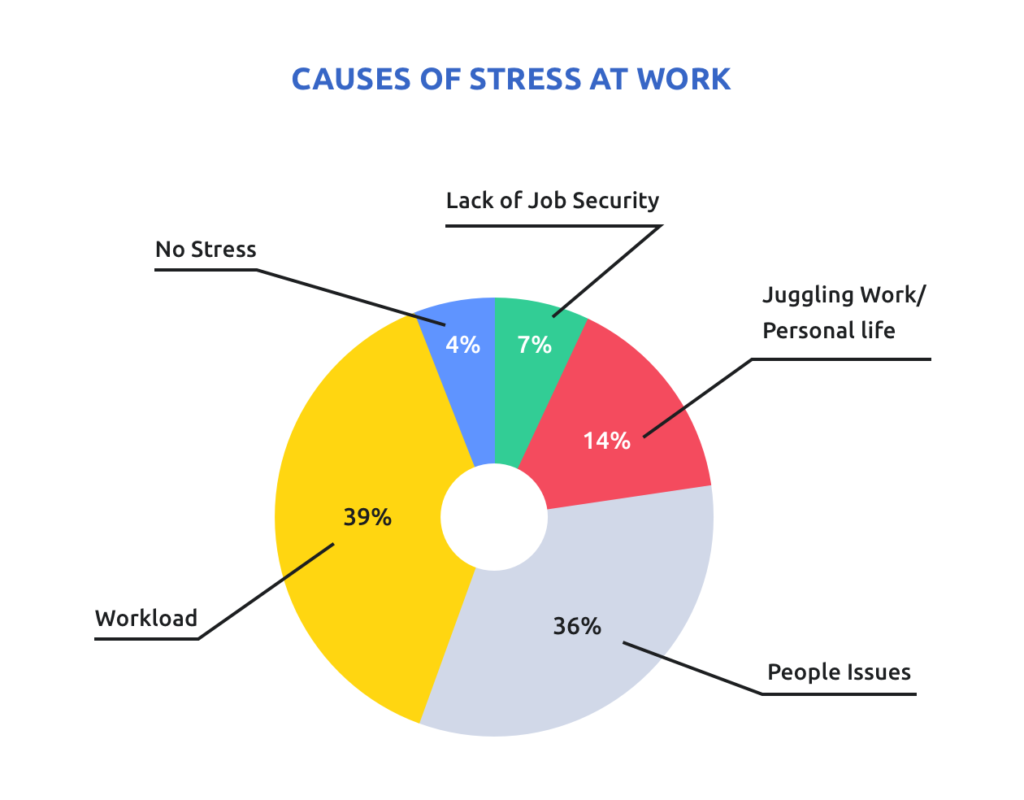
There are plenty of phrases that can drive your employees insane. One of them is the age-old threat, “This is urgent.” Don’t get us wrong. There are plenty of valid scenarios where that phrase is reasonably acceptable. However, if you keep on using the “urgent” card on your employees, they may end up flipping their desk over out of frustration.
So, how often should you use the “urgent” card? Is there any way to learn how to get an employee to work faster without subjecting them in immense pressure? In this post, we are going to discuss what it means to create a sense of urgency in the workplace. We will also share how you can address employee time management issues without jeopardizing your workers’ health.
What Does it Mean to Use the “Urgent” Card?
In a survey conducted by Achievers.com, out of the 1,224 respondents, 79% address their tasks with complacency, active disengagement, or passive resignation. This can spell trouble, especially since disengaged employees have an absenteeism rate that is 37% higher than their engaged co-workers. So, in a business context, creating a sense of urgency is necessary to make things happen effectively and efficiently. By using the “urgent” card on your employees, you’re keeping them actively engaged. You’re asking them to go through a task in the most thorough and efficient way possible.
Is It Healthy for Employees to Always Get the “Urgent” Basket Full?
According to the ComPsych’s 2019 StressPulseSM survey, the overall stress levels of employees remain high. 61% of workers stated that workplace stress has caused them fatigue, and the overwhelming feeling is getting out of control. 39% of the employees cited workload as the leading source of stress. Meanwhile, they reported issues with co-workers, work-life balance, and the lack of job security as the other causes of tension in the workplace.

What Is the Right Way to Keep Employees Engaged?
As you can see from the stats, workload takes the biggest chunk of the sources of stress for employees. We all know how stress can affect a person’s mental and physical health. As a manager, it is your responsibility to ensure that your employee’s wellbeing is taken care of. According to the World Health Organization, you can consider a job healthy if the level of pressure is equivalent to an individual worker’s resources, abilities, the support they receive, and the amount of control they have over their tasks.

So, can you reach a middle ground between having complacent employees and constantly slapping the “urgent” card on your workers’ foreheads? Well, Harvard Business School professor John Kotter mentioned that between these two extremes, there is a “Productive Range of Distress”. Managers who want to make impactful decisions in their organization can benefit from this concept. It helps alter the level of stress in a team without turning it into a disastrous explosion.
Now, how do you keep a balance between the two extremes? We’ve listed some tips below to show you how to help slow employees work faster without subjecting them to too much pressure.
1# Have a Schedule for Coaching and Feedback
When no one is watching, it’s easy for employees to become complacent. However, studies have shown that people tend to work faster when they know that they are being monitored. Once your employee knows that you have noticed their behavior, naturally, their stress levels will rise. The secret to managing these levels is by providing more frequent coaching, but lowering the intensity of the feedback. Perhaps, at the middle of the week, you can provide them a simple yet accurate comment on their performance. Try mellowing things down by asking your employee how you can help to make things easier for them.
Pro Tip: There is an easy way to determine how your employees are performing. You can use a time tracking app like Traqq to monitor how they are spending their time at work. This tool can monitor how many minutes or hours that a worker spends on certain apps, tasks, and even websites. This way, you will be able identify where there are productivity leaks. You can also use the data from the time tracking app in providing a comprehensive performance report for coaching and feedback.
2# Let the Employee Know that Their Behavior Affects the Company as a Whole
You can learn how to set urgent tasks to remote workers without being too stern. In some cases, employees fail to understand how their delinquency can affect the critical goals of a company. If you have a worker who doesn’t have a sense of urgency, let them know that real-time pipeline data affects the big decisions that your company makes. The things they neglect—no matter how small they seem—will make the pipeline tepid.
3# Let the Lack of Action Run Its Consequences
Some leaders operate psychologically as parents. Instead of treating their employees as adults, they manage workers as children. Naturally, they wouldn’t want their subordinates to suffer. So, once they get invested with their team’s performance, they tend to pick up their employees’ slack. They do this to prevent their workers from experiencing the pangs of their poor performance. Instead of helping their team improve, these parent-type managers are only showing their employees that they don’t need to change. The solution here is to let their behavior take its natural course. Let the employees experience the consequences of their disengagement.
4# Provide Positive Feedback Regularly
You can create a sense of urgency and accountability by providing frequent coaching sessions even in low-stress scenarios. On the other hand, if you’re going to provide feedback amidst high-stress situations, it’s important to switch the tone and content. Focus more on identifying small achievements while proposing several solutions that will help them take momentum. Remember to speak in a reassuring and calm tone. In any case, creating a positive script for areas for improvement will help.
5# Be Specific with the Tasks to Avoid Confusion
An article published on Alvernia University’s site mentioned that vagueness and ambiguity increase the difficulty of a task. To help your employees make better judgements about the urgency of a task, make sure that they have a firm grasp of what you want them to achieve. Aside from making the task easier, clarification and specification fosters communication. So, you’ll also improve the leader-follower dynamics in the workplace.
6# Let Employees Have Control Over Their Work
It’s easy for micromanagers to take things into their own hands. Now, if you want to establish a culture of urgency, you need to lose some level of control and transfer accountability into the organization—whether horizontally or vertically. Let your folks have the autonomy to make judgements and decisions. You can ease anxiety by making them feel responsible and accountable for the success of their team. Moreover, let your employees get on with the job. In general, it’s unhealthy to constantly ask people for updates when they are already working towards tight deadline. Aside from being unhelpful, you’re showing distrust on your workers.
7# Establish an Environment of Urgency Before It’s Even Necessary
There is a good reason why a significant number of organizations in the infrastructure industry invest on predictive analysis. By having a foresight of operational issues before they become bigger problems, these companies are able to keep their assets performing optimally at the right time. So, before it’s even required, you should establish a culture of urgency in the workplace. Remember to enforce this subtly within the organization. For example, before a scheduled meeting, ask team members for agendas, pending projects, and upcoming tasks. This way, little by little, you can create an environment wherein everyone is ready to identify and anticipate problems in their early stages.
In Conclusion
While developing a sense of urgency in an organization can bring real benefits, too much of it can cause distress among employees. The “urgent” card is a powerful tool as long as you use it efficiently and reasonably.

